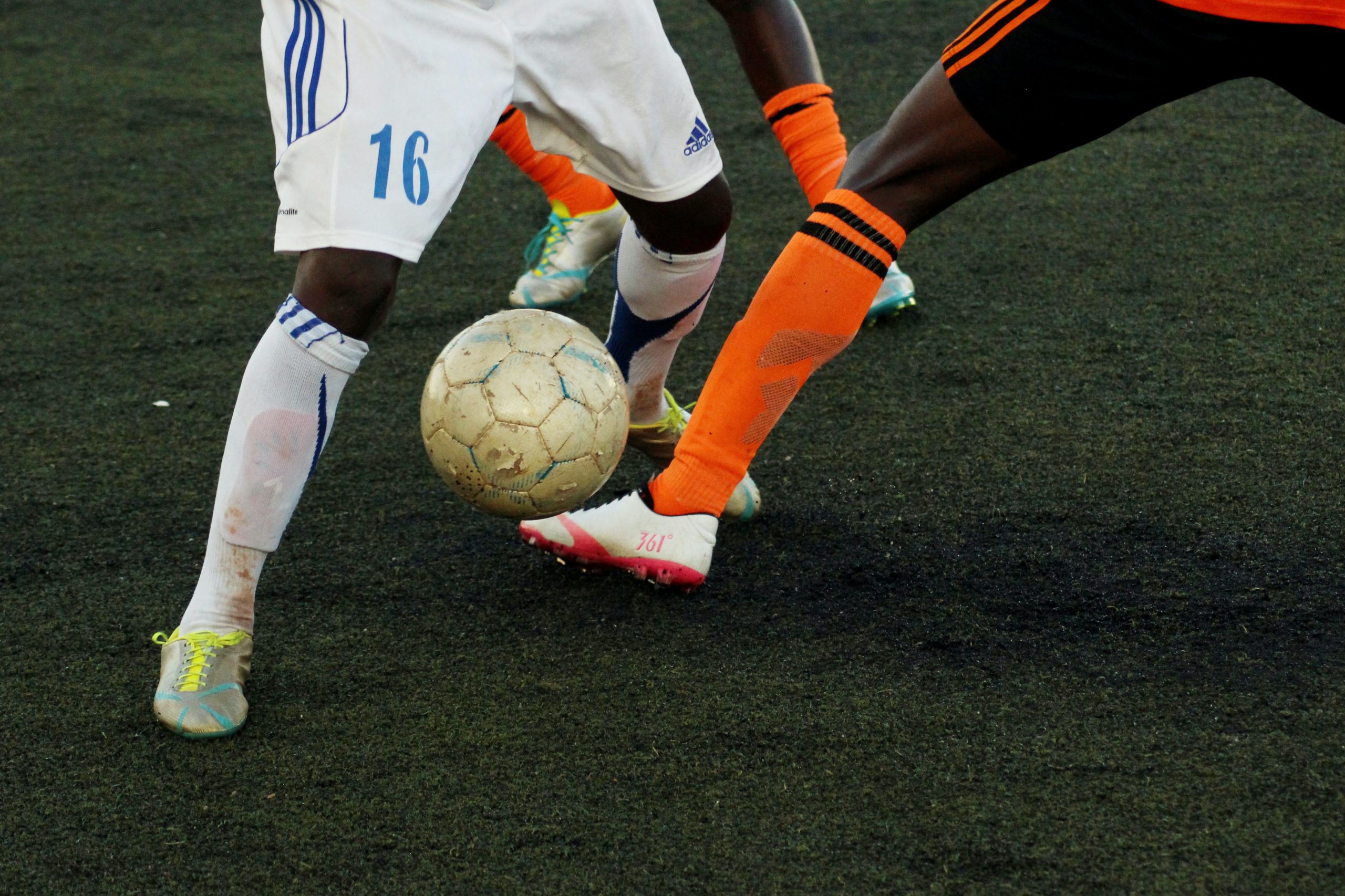Football (soccer) is one of the world’s oldest sports, and it is perhaps one of the most well-known. The Football World Cup represents the pinnacle of the international game. Tournaments such as the Euro Championships, Copa America, and the African Cup of Nations are also held. The best domestic leagues are England’s Premier League, Spain’s La Liga, Italy’s Serie A, and Germany’s Bundesliga (Bundesliga). Soccer is another name for the sport in some parts of the world.
The Goal of the Game
In football, the aim is to score more goals than your opponent in a 90-minute game. The game is divided into two 45-minute halves. After the first 45 minutes of play, the players will take a 15-minute break known as halftime. The second 45 minutes will begin, with any time considered necessary by the referee (injury time) being added on.
Players and their gear
There are 11 players on each side. One goalkeeper and ten outfield players make up this group. The dimensions of the pitch differ depending on the venue, but they are usually 120 yards long and 75 yards wide. There will be a 6 yard box next to the goal mouth, an 18 yard box surrounding the 6 yard box, and a centre circle on each pitch. In terms of dimensions, each half of the pitch must be a mirror image of the other.
A soccer match needs only two pieces of equipment: a pitch and a football. Players are also seen sporting studded football boots, shin pads, and matching shorts. Since goalkeepers are the only players permitted to handle the ball, they will also be wearing padded gloves. Each team will be led by a captain.
Keeping score
To score, the ball must enter the goal of your opponent. To be considered a legal target, the entire ball must cross the goal line. Apart from the hand and arm up to the hip, every part of the body can score a goal. The target itself is made up of an 8-foot-high and 8-yard-wide frame.
The Game’s Success
You must score more goals than your rivals in order to win. Except in cup games, where the game will go to extra time or even a penalty shootout to determine the winner if the scores are equal after 90 minutes, the game will end in a draw. Except for goalkeepers, who can use any part of their body inside the 18 yard box, players must kick the ball with their feet and are forbidden from using their hands (of which more can be found out in the next section).
Football Regulations (Soccer)
- A match consists of two 45-minute halves separated by a 15-minute rest time.
- A match requires a minimum of 7 players and each team must have at least 11 players (including one goalkeeper who is the only player permitted to handle the ball inside the 18 yard box).
- Artificial or natural grass must be used on the field. Pitch sizes can vary, but they must be between 100 and 130 yards long and 50 to 100 yards wide. A rectangular form around the perimeter of the pitch must be marked with out of bounds, two six yard boxes, two 18 yard boxes, and a centre circle. A penalty spot 12 yards out from both the goals and the centre circle must also be available.
- The ball must be circular in shape and have a diameter of 58-61cm.
- Each team has the option of naming up to seven replacement players. Substitutions can be made at any point during the game, with each team having a limit of three substitutions. If all three replacements are used and a player is forced to leave the field due to injury, the team will be forced to play without a replacement.
- One referee and two assistant referees are required for each game (linesmen). The referee’s job is to keep track of time and make any necessary decisions, such as fouls, free kicks, throw-ins, penalties, and extra time at the end of each game. At any point during the match, the referee can consult with the assistant referees about a decision. The assistant referee’s role is to spot offsides in the game (see below), throw ins for either team, and assist the referee in all decision-making processes where appropriate. If the game goes to extra time when both teams are tied, 30 minutes will be added in the form of two 15-minute halves after the allotted 90 minutes.
- If the teams are still tied after extra time, a penalty shootout is needed.
- To be considered a target, the entire ball must cross the goal line.
- A player can earn a yellow or red card for fouls committed, depending on the seriousness of the foul; this is at the discretion of the referee. A yellow card serves as a warning, while a red card results in the player’s dismissal. One red card is equivalent to two yellow cards. A player who has been sent off cannot be substituted.
- A throw in is awarded when a ball is knocked out of play by an opponent on one of the sidelines. It’s a goal kick if it comes out of action off an attacking player on the base line. It’s a corner kick if it comes from a defender.
In football, there is a rule known as the offside rule.
If a pass is played through to an attacking player who is in front of the last defender, offside can be called. The offside area is intended to deter players from simply waiting for a pass near the opponent’s goal. When the ball is played to them, they must be positioned behind the last defender to be onside. If the player is in front of the last defender, he is considered offside and a free kick is awarded to the opposing team.
In their own half, a player cannot be caught offside. A goalkeeper is not considered a defender. The player is not considered offside if the ball is played backwards and he is in front of the last defender.

